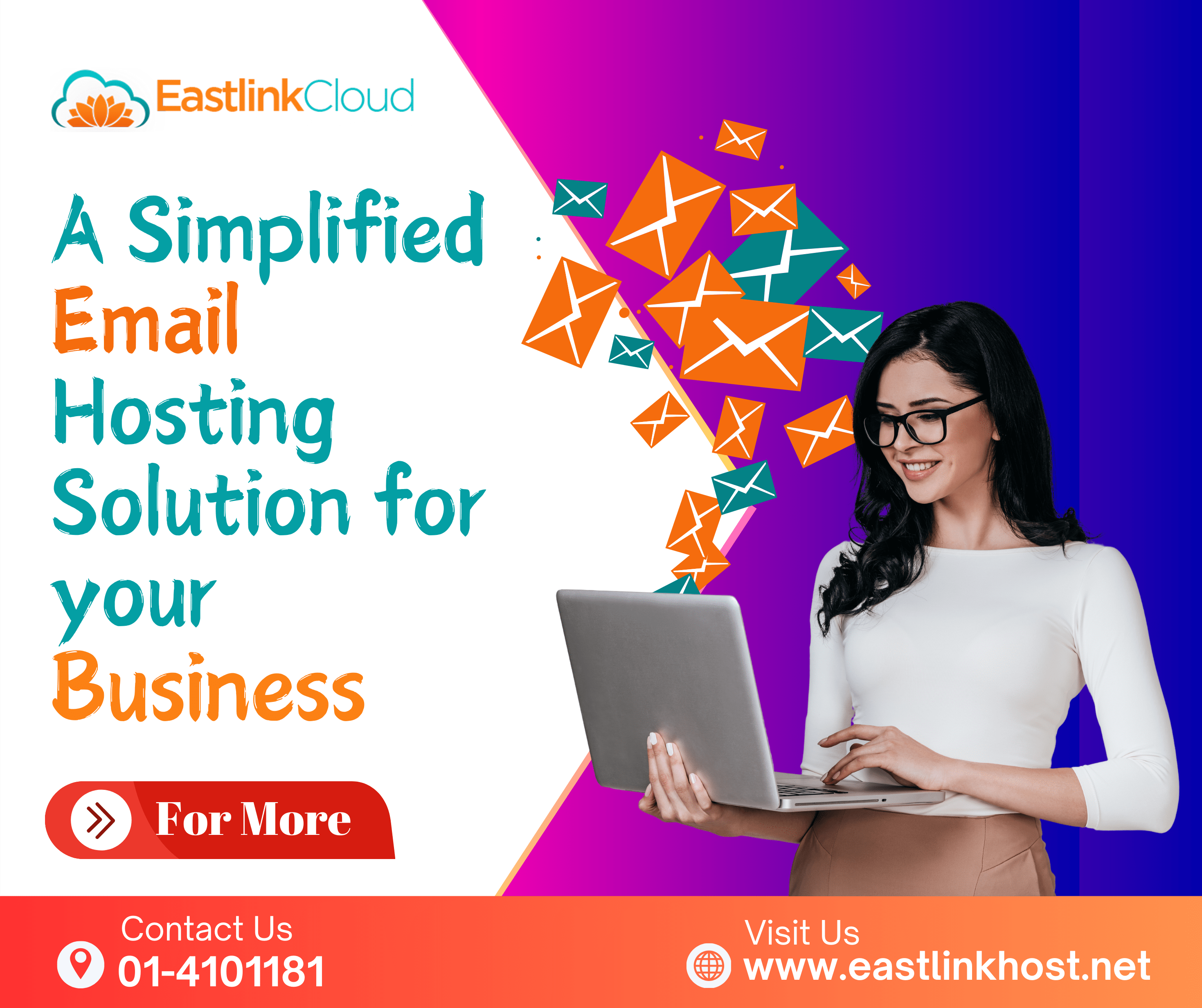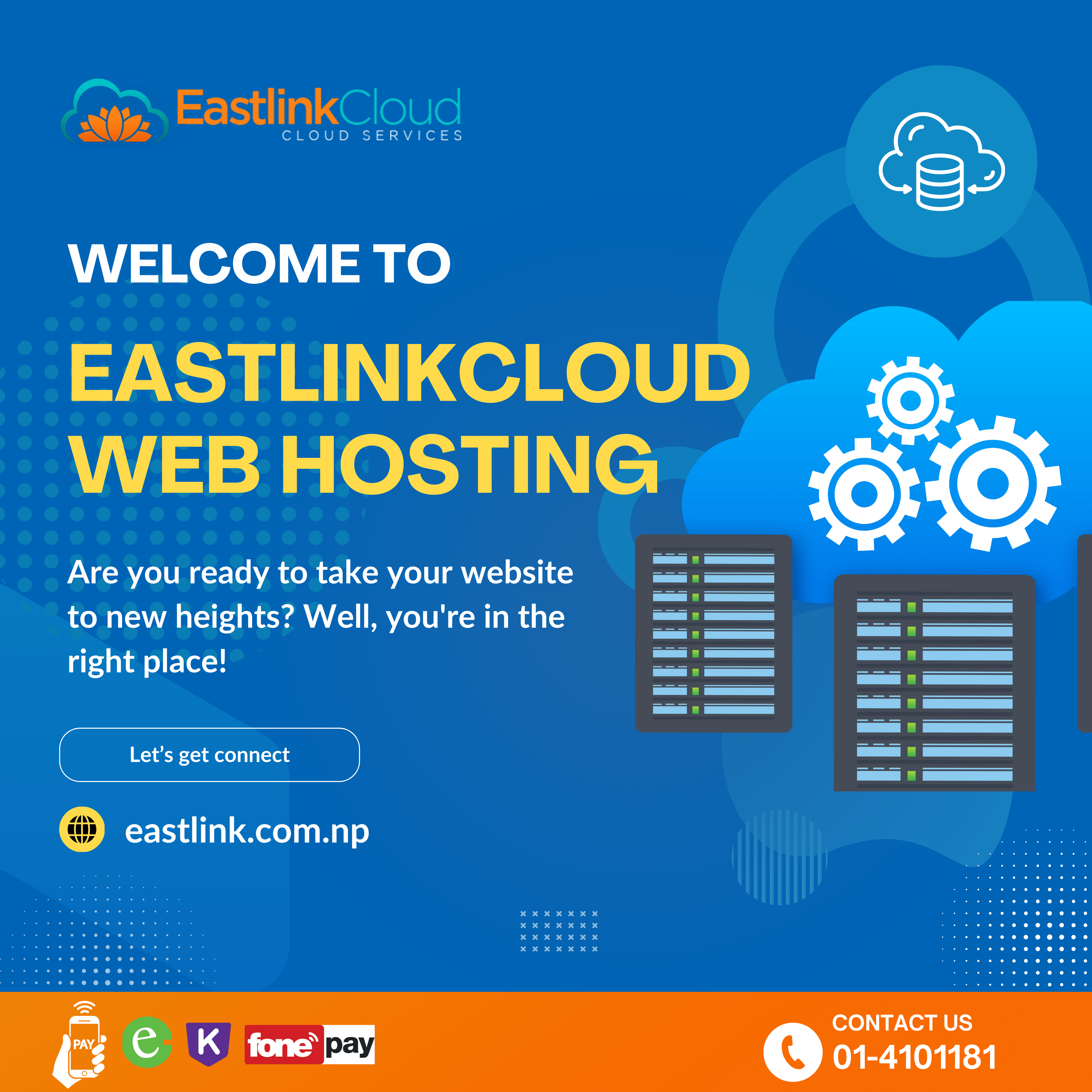Learning how to use personalization in your marketing can be the difference between you creating ineffective messages that fly right past your target audience or you building high-performing sales campaigns your ideal prospects couldn’t ignore if they wanted to.
The rest of this post will look at how to use personalization to make your sales messages more targeted, effective and powerful.
What is personalization?
Before we look at how to use personalization, let’s clarify what personalization is. Many marketers and brands confuse the concepts of personalization with customization.
Customization is done by the customer. The customer actively makes choices that change their branded experience.
Personalization is done by the brand. The brand considers the customer’s habits, actions and interests and then, changes the branded experience based on those factors. The customer is passive and does not suggest the changes. The brand does it for them.
Examples of personalization
When you’re considering how to use personalization, think of a customer using an ecommerce website. The customer may use customization to set their preferences for the items they like to buy in the online store. They may select to only see new women’s clothing and shoes on their home page. The ecommerce brand could personalize the customer’s experience by:
- Greeting the customer by name in an email or on the home page of the website.
- Showing a list of suggested items once a customer makes a purchase or adds an item to their online shopping cart.
- Sending an email to the customer with a list of items they may be interested in based on their past shopping history.
- Using email marketing to alert a customer when there is a deal or special on items that are related to their past purchases.
- Sending an email to a customer to show clothing items that match the weather in their city (for example, promoting winter clothes to people in New York but not to people in Florida).
- Reminding a customer to make a purchase if they have abandoned their cart.
Why does personalization matter?
Learning how to use personalization is key because it prevents audiences from seeing and receiving content that is irrelevant to them. It makes it so customers only see messages they will find useful, interesting or engaging — which is great for both shoppers and brands.
Personalization leads to more conversions and sales.
Personalized messages get customers to act. Research from Hubspot showed that personalized call-to-actions (CTAs) can convert up to 202 percent better than default CTAs. And, Harvard Business Review reported that, “personalization can deliver five to eight times the ROI on marketing spend, and can lift sales by 10% or more.”
Customers like and expect personalization.
Most customers like to receive personalized marketing messages. A Salesforce study found that, “59 percent of customers say tailored engagement based on past interactions is very important to winning their business.”
Personalization isn’t just a sales driver; it’s a customer experience enhancer. If you’re not providing personalized experiences, customers will look for brands that are.
Customers are willing to share their data in exchange for personalization
In the past few years, concerns over data privacy have grown, and customers have become more aware of how their data is shared and used.
But even amidst growing awareness of data use, a Formation study found that, “81% of consumers are willing to share basic personal information in exchange for a more personalized experience.” Customers are often okay with sharing their data, as long it’s used to improve their brand experience and it’s done in a transparent, ethical way.
Personalization in marketing can benefit both a brand and its customers, so if you aren’t figuring out how to use personalization in your sales messages, it’s time to start.
How to use personalization
As you start to learn how to use personalization, keep the following tips in mind.
Always be collecting data
To use personalization, you must have data that allows you to match who your audience is and what they need and want. So, collect customer data whenever possible.
Prompt users to create accounts during their online check-out
This process not only helps customers track their purchases, it also allows you to create data-collecting profiles for shoppers.
Ask customers for email addresses or phone numbers during their in-store check-out
It’s not as easy to collect data from in-store shoppers, but you can easily create an account for your customers by using their email address or phone number each time they check out. You can use this info to create a customer profile and also have a method for reaching out to customers with your personalized messages.
Encourage customers to sign up for rewards programs
Some customers don’t want to pass over their information or data without getting something in return. So give them what they want by creating a loyalty program that rewards them for engaging with your brand, buying new items, and joining your program.
Segment your audience … then segment them some more
While you want to communicate with each customer as though you are speaking directly to them, it can be difficult to craft personalized messages for each person. So instead, create segmented audiences that have certain characteristics or habits in common.
Create a variety of customer segments so you can create campaigns based on small differences. For example, don’t just segment shoppers into those who bought shoes or shirts. Be more specific, and categorize them by those who bought sandal shoes and tank-top shirts.
Conclusion
Learning how to use personalization can help you improve and uplift your marketing messages so your customers embrace, instead of ignore, your campaigns and communication. This process can lead to happier, more engaged customers who convert at higher rates. So use the tips in this post to start personalizing your marketing emails and sales copy.









